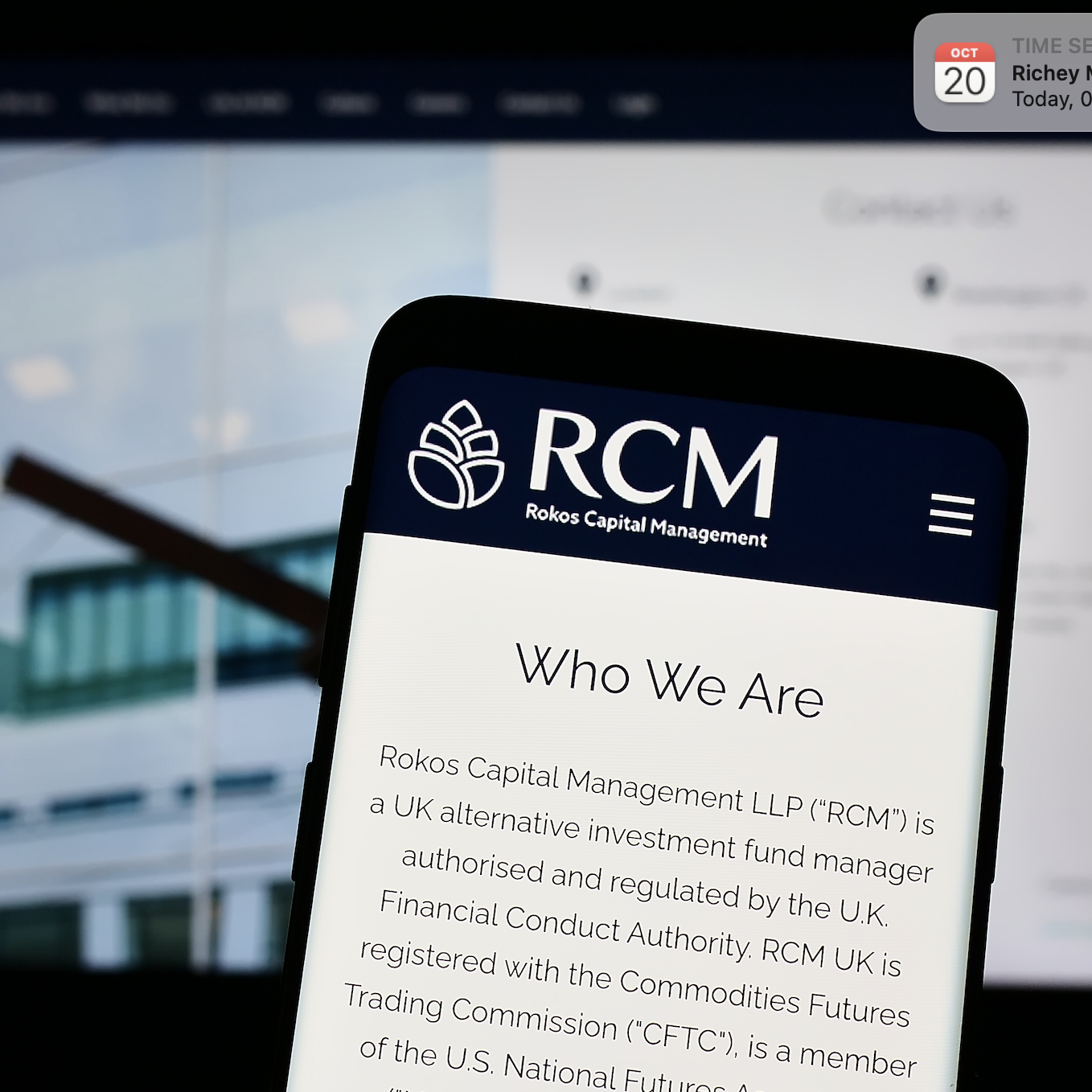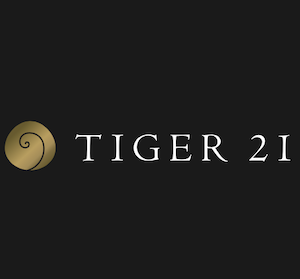Since launching in early 2018, Pembroke Emerging Markets – a London-based global long/short equity hedge fund led by former Goldman Sachs trader Sanjiv Bhatia – has capitalised on demographic shifts in emerging economies with a fundamental, bottom-up stock-picking style which uses convexity plays to boost alpha generation.
Since launching in early 2018, Pembroke Emerging Markets – a London-based global long/short equity hedge fund led by former Goldman Sachs trader Sanjiv Bhatia – has capitalised on demographic shifts in emerging economies with a fundamental, bottom-up stock-picking style which uses convexity plays to boost alpha generation.
Finding “good companies to go long on, and bad companies to short” is how CIO and founder Bhatia summarises the firm’s trading approach.
“That’s the core essence of what we’re trying to do; understanding the business model and understanding why a company can generate alpha for the portfolio,” Bhatia tells Hedgeweek.
“What we’re not doing is relative value. We’re not trying to say: ‘This stock’s cheaper than that stock – let’s just buy this and hope for some mean reversion’. We go where the ideas are.”
A fundamental approach
An equities and derivatives market veteran, Bhatia began his investment career in 1992 as a convertible bond trader at Goldman Sachs. His focus on emerging markets began the following year when India opened up to foreign investors and Mexico started issuing convertible bonds, and he later held a number of trading roles at Goldman in London, New York and Hong Kong.
“My first 10 years were in converts, equity long-short, and derivatives. So it’s really the combination of all of those things that leads to that convex profile of the Pembroke portfolio,” he says of his career background. “I was a cap structure person from day one, and thinking about the relationships between options, converts and equities, and in the derivatives group I was the fundamental person looking for mispricing of options.”
Before setting up Pembroke – a boutique strategy operating under the umbrella of multi-boutique investment firm BennBridge – Bhatia was managing director and head of global equities at Harvard Management Company, managing both long only and absolute return portfolios. Prior to that he was CIO and founder of Asia-focused, catalyst-driven Isometric Capital Management in Hong Kong, and earlier, a portfolio manager at Deephaven Capital in Hong Kong running part of its Global Market Neutral Fund and the Global Event Driven Fund.
‘Excess return’
Today, Bhatia oversees Pembroke’s low-net, liquid long/short equity strategy, which is both volatility- and drawdown-controlled, targeting high-quality returns uncorrelated to market performance. So far it’s proven a successful formula: year-to-date, the strategy has gained around 8 per cent, while on a 12-month annualised basis, it has advanced approximately 13 per cent.
For Pembroke, ‘good’ companies are defined as those which may be in burgeoning industries with expanding markets, where management can grow a firm’s market share, as well as ones with strong intellectual property aided by research and development that can outperform the competition.
“It’s really about lack of competition, some sort of edge, and the ability to generate excess return for your shareholders over a significant period of time,” Bhatia says of the investment criteria.
“We like companies that are innovative and disruptive. We also like companies that have physical assets – monopoly-type assets like toll roads and airports where it’s hard for other companies to come in and compete.”
In contrast, ‘bad’ companies are typically found in sectors with too many competitors, or where the industry is in decline and its fundamentals no longer make sense. Alternatively, such companies may be businesses that are continuously in need of cap ex simply “just to stand still.”
“We’ve been structurally short banks, autos and industrials – those places where there’s very little demand growth and there is a lot of competition which hurts margins,” he explains.
The next stage of stock selection involves a country analysis, which helps determine a company’s operating environment. That, in turn, informs position sizing and how much risk Pembroke plans to take in any individual stock.
“This analysis is really about country risk – politics, trade deficits, current account issues and funding. Is this company operating in a friendly environment or a hostile environment?”
He continues: “It might be great owning a toll road, for example. But if you’re in a country where at the next election, the government plans to nationalises those businesses, leaving you out of pocket, then that’s not a great business anymore.”
Convexity is key
Step three of the portfolio building process is a deep-dive into the entire capital structure to find what Bhatia calls “convexity at cheap prices”.
He concedes that any investment idea carries the risk of turning out to be wrong. But by building the portfolio with convexity, “we can make a much bigger return when we’re right, and we don’t lose as much money if we’re wrong.”
“We believe we’re good at stock-picking and avoiding potential traps with countries, but the next part is to boost the returns that we generate from our stock picking by putting convexity in the portfolio at accretive prices. So we buy mispriced assets to enhance the risk-reward. That’s the alpha,” he adds.
“A business has an inherent volatility, based on the volatility of its earnings stream, and based on its balance sheet and structure. That’s where this cap structure approach comes in. Sometimes you find that the option markets can be dislocated from what the fundamentals tell you – and that’s where you can find the accretive optionality to get that convex portfolio.”
Major themes
Emerging markets-focused hedge funds have clawed back returns since the Q1 coronavirus crash rocked global economies earlier this year. The HFRI Emerging Markets Index added 5.64 per cent during Q3, which built on its near-13 per cent surge in Q2, reversing the first quarter’s 15 per cent loss to put the benchmark into positive territory (1.67 per cent) approaching year-end.
Among Pembroke’s major overriding themes is the shift in consumer spending in emerging market economies, which is closely tied to the growth of EM middle classes with higher disposable incomes. That has led to the strategy positioning around several key trends, including the move from offline to online, and a travel sector boom.
“One of our core theses is that in EM people are getting richer, and older, at the same time. When that happens, spending patterns change – you spend more money on leisure activities, with one of those things being travel,” Bhatia says. “But when Covid hit, because we have a limit as to how much we can put into that sector, we weren’t sitting there with our portfolio all in travel stocks.
“The convexity in our portfolio really helped in terms of controlling risk in those scenarios, and we exited a lot of those positions in March,” he recalls. “Structurally, fundamentally, on a 5-10 year view, are those good areas to be investing in? I still think so – but it’s going to take some time.”
Elsewhere, the strategy has had “significant positions” in certain e-commerce stocks such as Mercado Libre and Alibaba, along with hydrogen fuel cells and battery makers who are focused on the automotive industry, and chipmakers that stand to gain from developments in data centres and cloud technology.
Another area of strength in EM is insurance.
“As people get richer, they own more things; they have assets. And when you have assets, you need insurance. Whether it’s health, property, casualty – insurance follows an S-curve where you hit a certain amount of GDP capita per income and insurance take-up accelerates,” Bhatia explains.
“That growth then plateaus out – when you have insurance, you don’t buy more insurance. But a lot of EM is in that growth phase, and so that’s something we’ve been interested in.”
Covid challenges
Talk inevitably turns to Covid-19, and the impact the pandemic has had on manager-investor relationships, business operations, and the stock-picking process itself.
“Having lived in Hong Kong for a long time, I had seen SARS, and what happened, and how people had to adjust and how that played out with the masks and remote working,” he says.
“We had contingency plans in place from the middle of February – a good six weeks before the lockdown in the UK. We’d done a significant amount of testing from home to make sure we had the right systems and infrastructure in place. That paid us dividends in terms of having virtually no business disruption.”
Regarding the investor base, Bhatia believes smaller and more boutique managers who do not have the depth of relationships across organisations have faced a “higher burden” in terms of fostering new business.
But he adds: “Investors want to see good returns. They want to see a good process. They want to understand how you think. All of that you can get across on a Zoom call.”
From an investment perspective, meanwhile, he acknowledges how portfolio due diligence on potential investment targets has been affected by global travel restrictions.
“We love travelling to meet with companies, talking through their business models and seeing their factories, and so on. So the individual company due diligence element has been a downside – it makes you a little bit more cautious on companies that you haven’t met with before.”
That said, he is confident that Pembroke remains well-placed to maintain its momentum as it heads into 2021.
“We’ve seen a lot, and what that really gives us is ability to look for alpha opportunities rather than just trying to be market chasers,” Bhatia says of Pembroke’s four-strong team, which boasts a combined 80-plus years of market experience.
“We believe most EM managers are trying, to some degree, to time the markets and look at it from a more macro angle. We run a plus/minus 30 per cent strategy, and the way we build the convexity of the portfolio is really what truly differentiates us in terms of risk management, and the ability to produce high-quality returns and avoid big drawdowns.”








